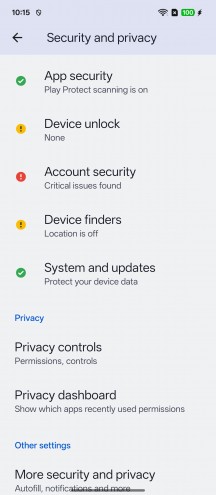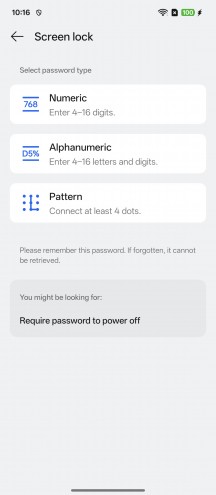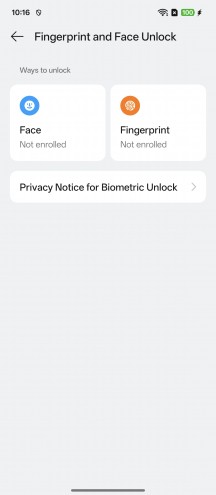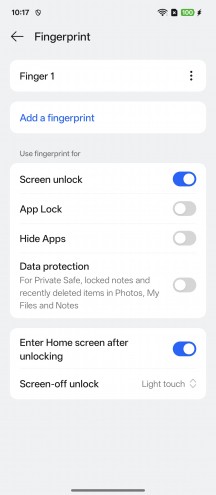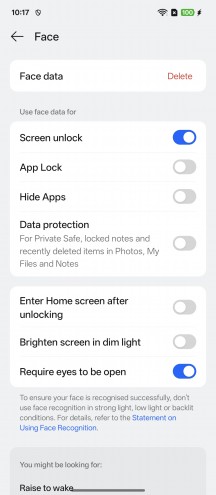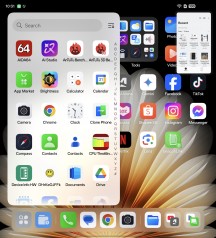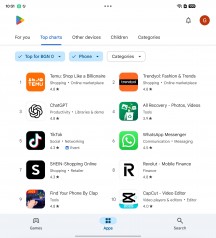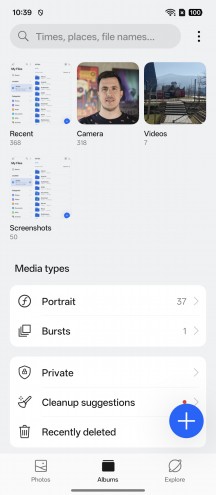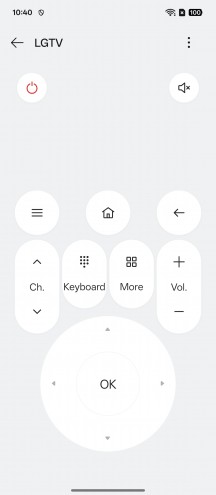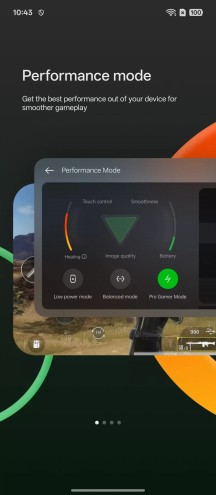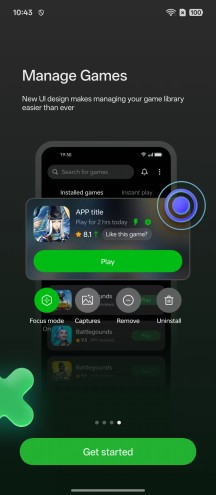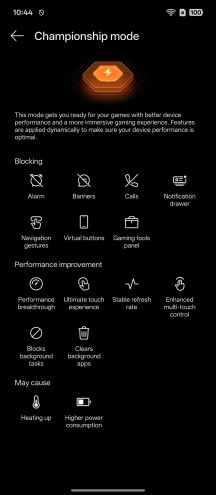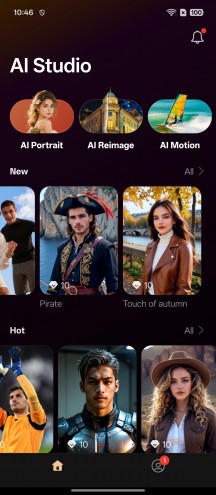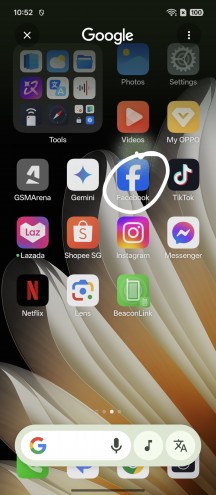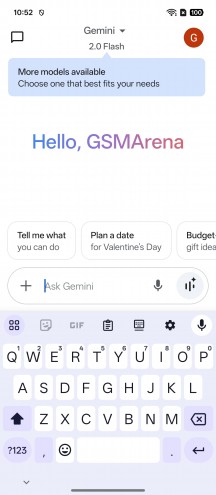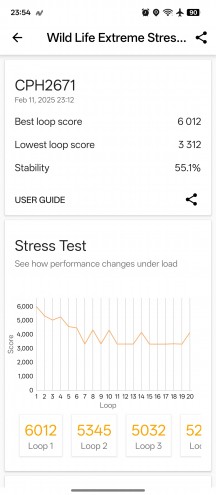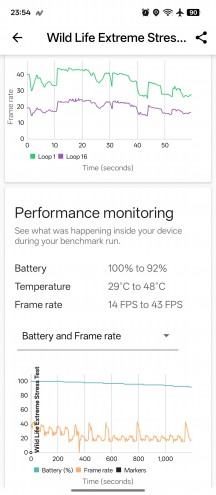Oppo Find N5 review

Android 15 and ColorOS 15
The Find N5 runs Android's current 15th major iteration with a familiar and quite powerful skin on top. Oppo calls it ColorOS, which remains very similar to OnePlus' OxygenOS.
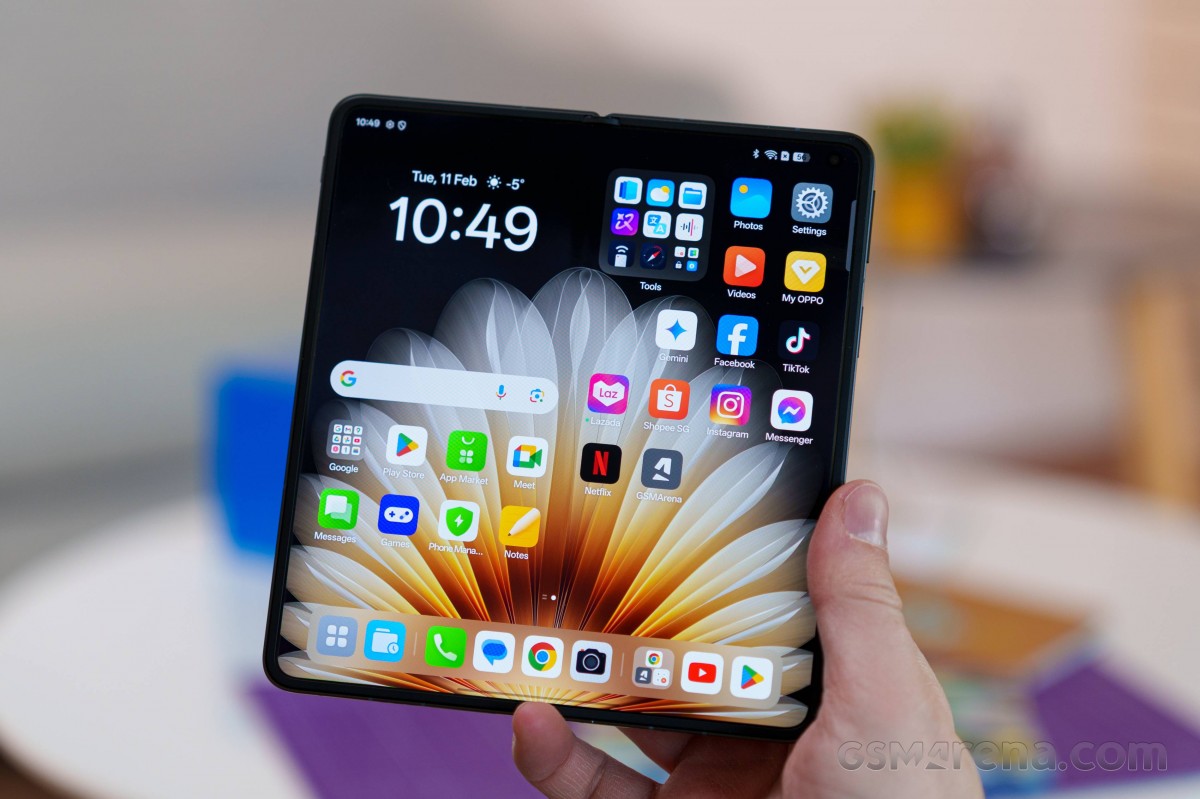
Oppo promises four years of major OS updates and a total of six years of software support (two extra years of security patches) for the Find N5. That's pretty good as far as current support cycles go.
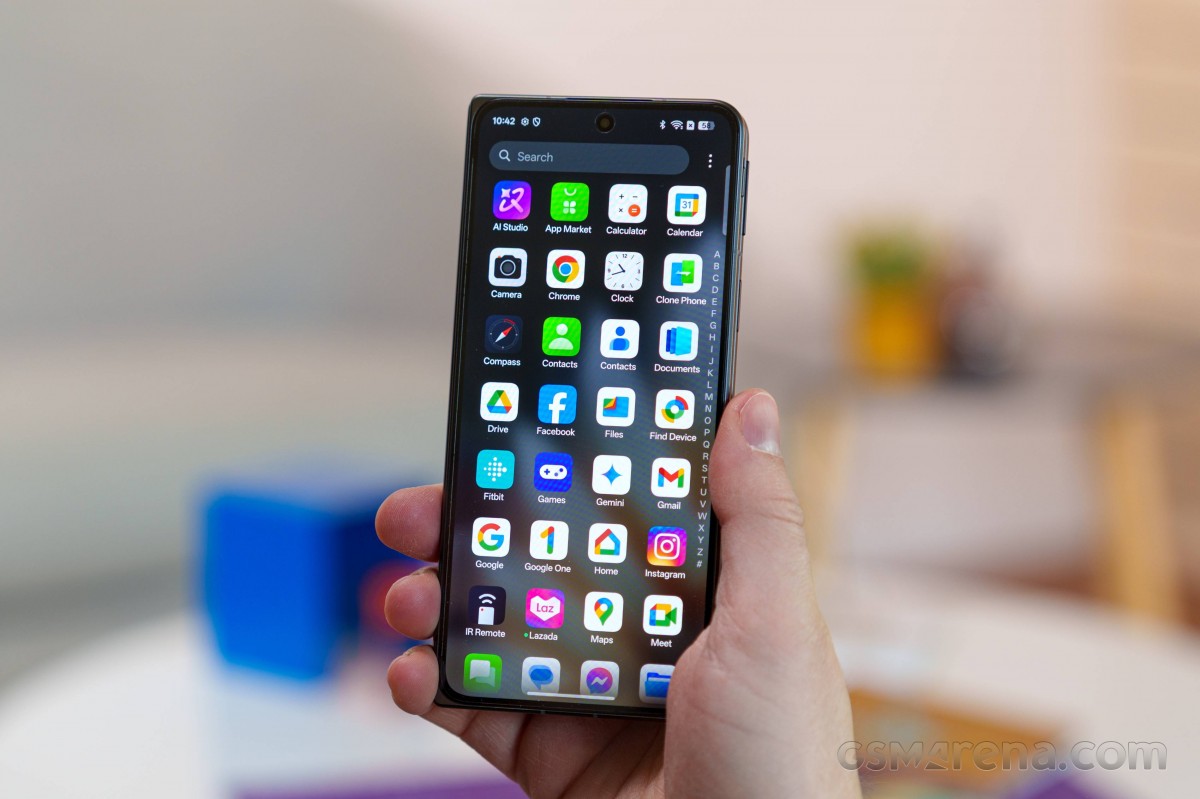
Most of the UI and features found on the Find N5 are not new; they were present on the Find N3 and are simply carried forward. That's not a bad thing either since, in our opinion, Oppo has one of the stronger foldable UX implementations around.
Starting from the security and biometrics that let you into the handset, the Find N5 unlocks via the side-mounted fingerprint scanner or a less secure camera-only Face unlock with a PIN or a password, which are also available options.
There's an Always On display feature, of course, and it's a good example of something that works identically on both displays, regardless of whether the Find is open or not.
That actually applies to most of the display settings, including refresh rate, brightness, and color mode. The ColorOS team has done an excellent job of aligning the user experience between the two where it makes sense in order to minimize breaking the general UX flow.
The AOD can be always-on/off, scheduled, or in power saving mode (shows on move/tap). There are enough themes to choose from, and there is support for Spotify controls and some food delivery apps. Edge Light is an option as well.
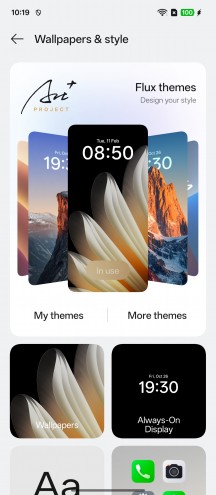
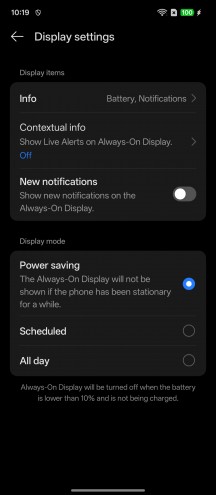
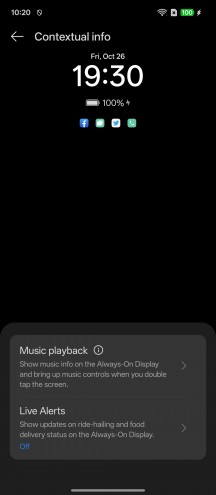
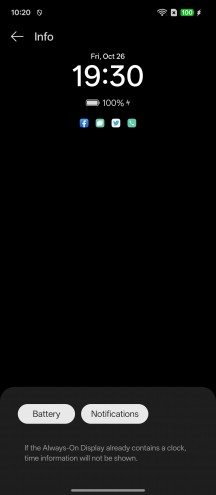
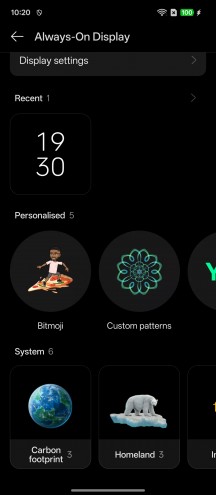
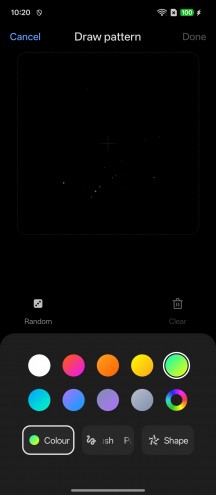
Personalization hub • Always-on Display
The lockscreen is also shared between the two displays in almost all aspects, including the clock style, widget selection, and notification logic. All except for the wallpaper selection, which can be done on an individual basis for the two panels (but doesn't need to).
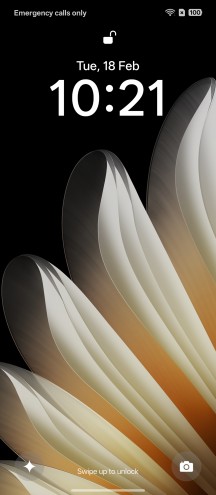
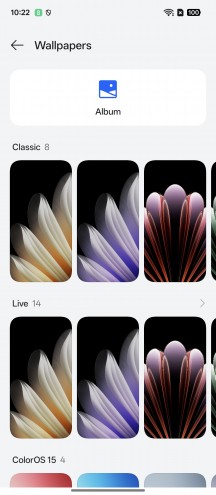
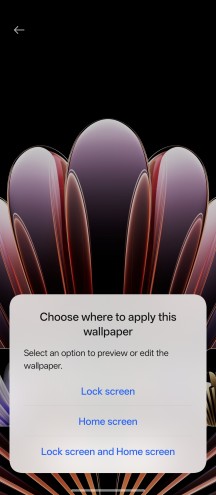
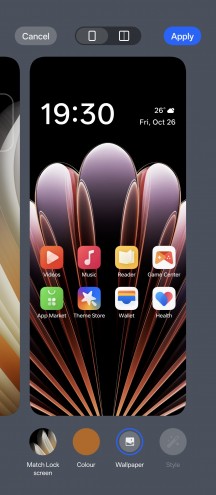
Lockscreen: Cover display • Main display • Wallpapers
The same goes for the main user interface. The homescreens are identical on either display; it's just that the main one shows two homescreen panes at all times instead of one.
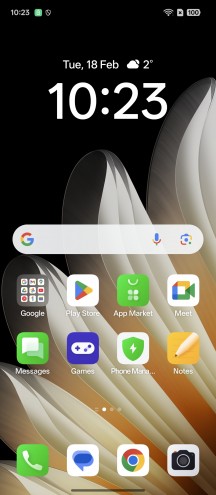
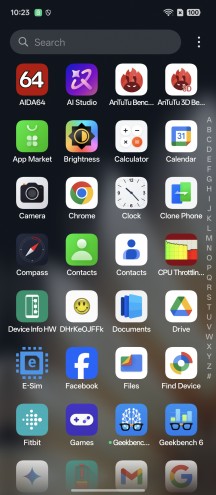
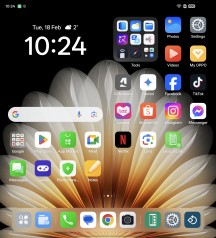
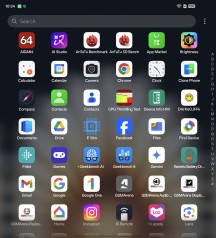
Cover home screen • Cover app drawer • Main home screen • Main app drawer
The notification and control centers and the optional app drawer look normal on the cover display, and they are expanded on the main foldable display. By default, the quick toggles and notifications are now separated into two different interfaces.
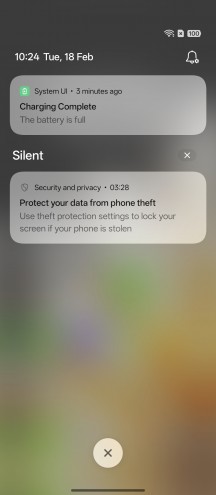
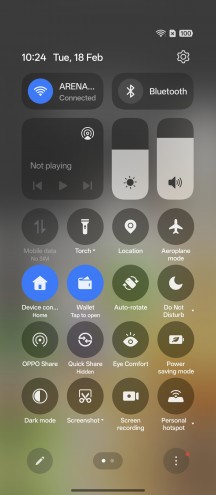
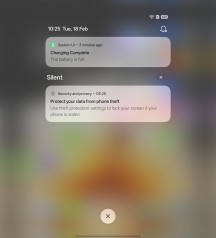

Notifications • Toggles • Notifications • Toggles
The task switcher on the cover screen is a familiar implementation. You scroll between app cards, lock them, and use split-screen and floating window options on supported apps.
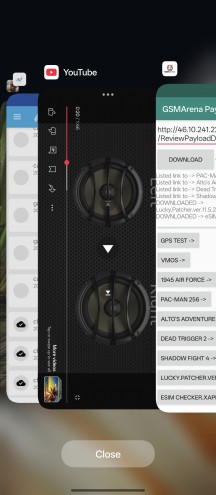
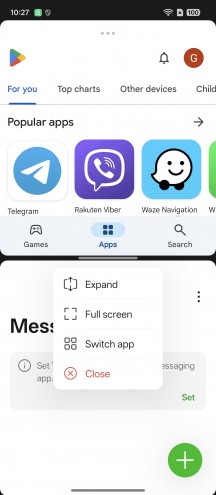
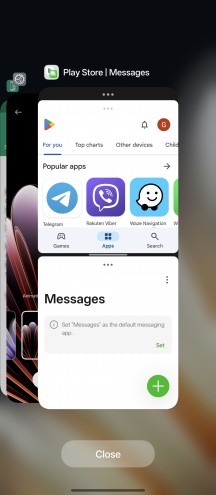

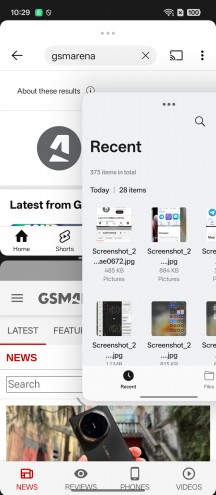
Multi-tasking on the cover screen
The taskbar is one of the main features of Android's foldable/tablet branch - it's a bar that shows a minimized view of the dock icons when you're away from the homescreen. It displays two shortcuts to the left of the dock icons - App Drawer and Recent Files. It also shows recently used apps (up to three) on the right side of the four Dock shortcuts.
One of the major strengths of Oppo/OnePlus' software package on the large screen is the ability to display several apps simultaneously in a number of configurations. Oppo calls it Boundless View.
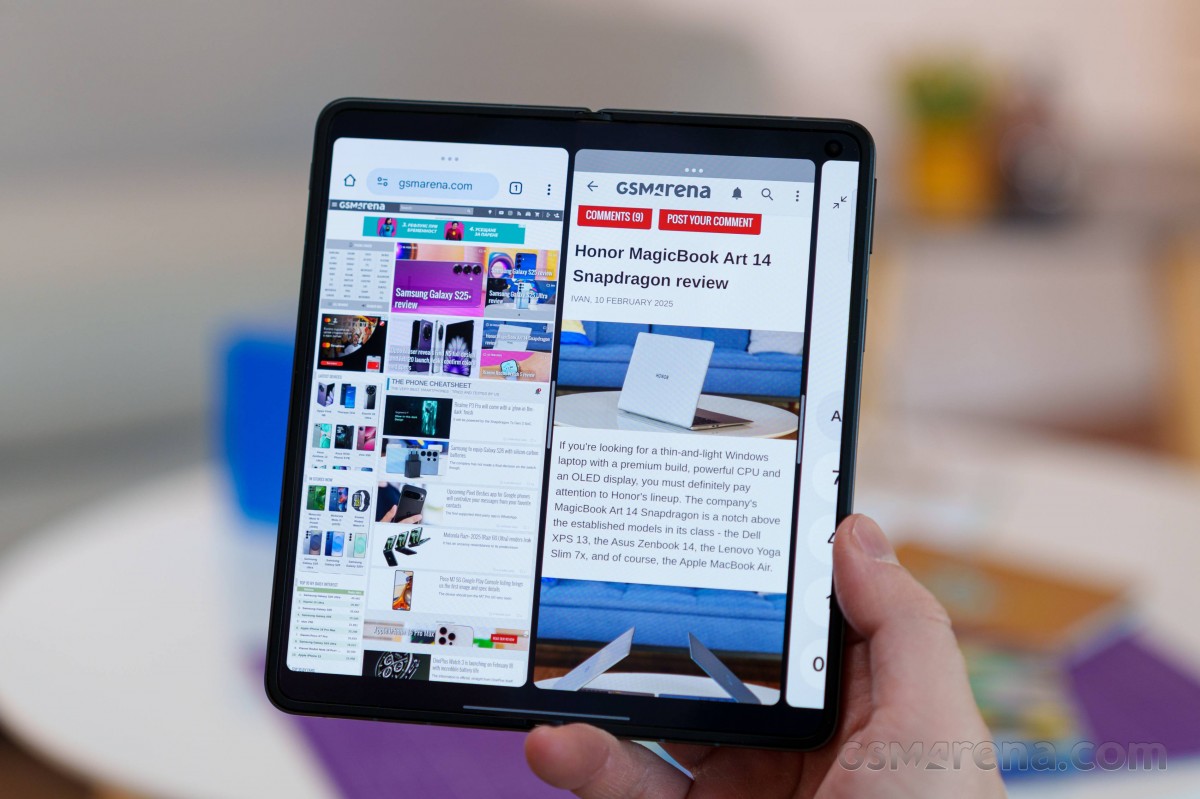
Of course, the casual split-screen multi-window with two apps side by side is here. But then you can add another app next to those two and just scroll between the three. You can also have the third app in fullscreen-like view above or below the two-app split - that's what Oppo calls 15" Boundless View.
You cannot have more than three active on-screen apps. You can save multi-app configurations and open them later the same way from an app-like icon on the homescreen or within the Task Switcher.
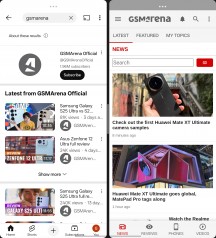
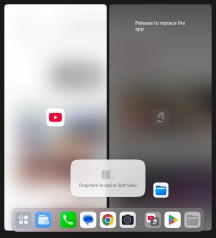
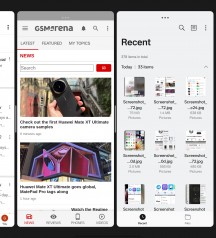
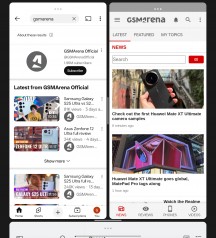
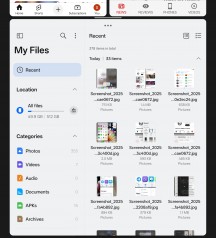
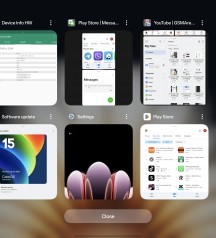
Multi-tasking on the large screen
The UI across various system apps has been optimized to make use of the large screen with a classic two-pane interface with categories on the left.
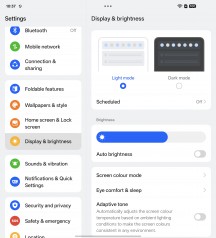
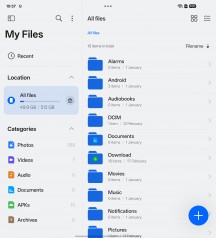
ColorOS apps on the large screen
There are a few proprietary ColorOS apps in addition to the Google suite. The in-house gallery is called Photos, too. There's a File Manager and an IR remote.
There is also a dedicated Games Toolkit with a special performance mode, game toolkit, and granular game management. There are some new features like the Championship mode and music playback control.
The Oppo Find N5 is naturally imbued with all sorts of AI smart features. There is an AI Studio app that seems to focus on image-generative AI features, offering things like AI Reimagine, AI Motion and AI Portrait.
There is an AI image editor in the proprietary Oppo Photos app. It has features like Enhance Clarity, AI Eraser, Unblur and Remove Reflections. Beyond that, Oppo also advertises an AI Document feature for summarizing text, AI translation, AI Speak for voice transcribing and an AI Writer for text generation.
There is also an AI Call Summary feature, but it will only be available in Asia for now, starting in March.
Of course, you also get Circle to Search and the Gemini app on board.
Oppo is also particularly proud of its O+ Connect feature. It lets you seamlessly link a Windows PC or a Mac with the phone for trans-device operation and remote desktop work. However, you do have to download a client app on the computer for this to work.
Benchmarks and performance
The Find N5 runs on Qualcomm's Snapdragon 8 Elite chipset. However, this is not your regular octa-core Snapdragon 8 Elite (SM8750-AB).
The chipset here has a model designation of SM8750-3-AB and has 7 cores instead. It still has the same Prime core running at a clock speed of 4.32GHz. However, it uses only five of the "small" Oryon V2 Phoenix M CPU cores (3.53 GHz) instead of six.
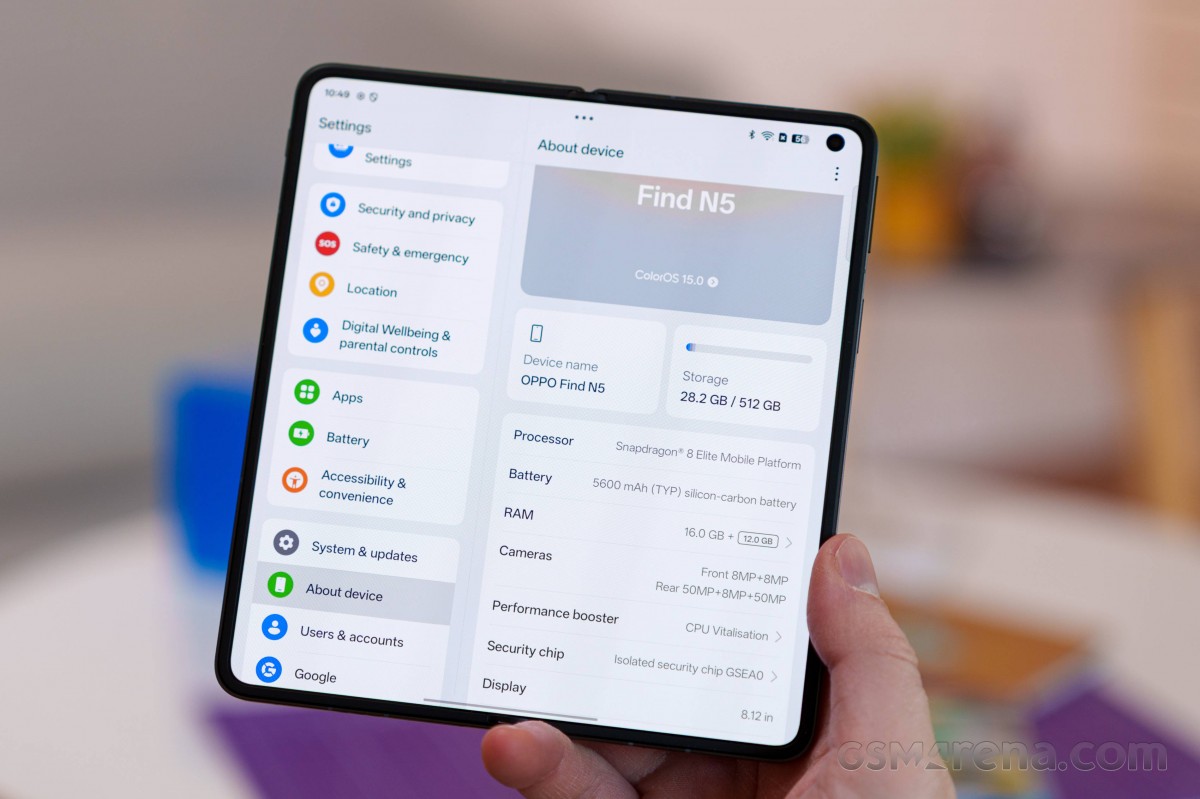
Other than that, you get 16GB of dual-channel fast LPDDR5X RAM across all of the storage variants of the Find N5.
These are 256GB, 512GB and 1TB, respectively. The storage chips are UFS 4.0.
Starting with GeekBench and some CPU tests, we can clearly see that the absence of one of the small Oryon V2 Phoenix M CPU cores has significantly impacted the multi-core score.
The seven-core Snapdragon 8 Elite seems to score between the Snapdragon 8 Gen 3 and the "full-fat" eight-core Snapdragon 8 Elite. Of course, this is just in synthetic all-core loads. The single-core performance is, expectedly, much closer.
AnTuTu is much "kinder" to the Find N5 overall. We can see that there is a notable difference in performance depending on whether you are running the phone in performance mode or not.
Thermal-throttling
The Find N5 is a really dense device, no question about it. There really isn't much room to spare on the inside of the phone, and we can only assume that cooling took at least a bit of a hit. Perhaps that's part of the reason why Oppo opted for a seven-core Snapdragon 8 Elite chipset instead of the full 8-core model. That's purely speculation on our part, though.
We had some trouble properly stressing the CPU on the Find N5, but we managed to get some seemingly valid GPU stability results, which showed significant performance losses over time. Something in the ballpark of 45% loss, which is a lot but par for the course for a device with flagship silicon.
Reader comments
- Anonymous
- 15 Apr 2025
- 6cm
5 months? Oppo find n5 literally official announced on February in China and end of February in Singapore for international markets. Assume u bought it around that time , its not even 5 months yet. And as far as i remember as long you got the warrant...
- Vildan
- 25 Mar 2025
- pwI
In review you wrote about 1 Gb memory and about eSim option. But Global version doesn't have 1Gb memory and China version doesn't support eSim. So, Oppo Find N5 with 1 Gb of memory and eSim just unreal nowdays. Or you know something more? ...
- Anonymous
- 20 Mar 2025
- 8@$
I Dont recommend Oppo find nX. The screen stop working after 5 months of use. I bought 2 and both with same problem. They didnt accept the apply guarantee. Bad product...
